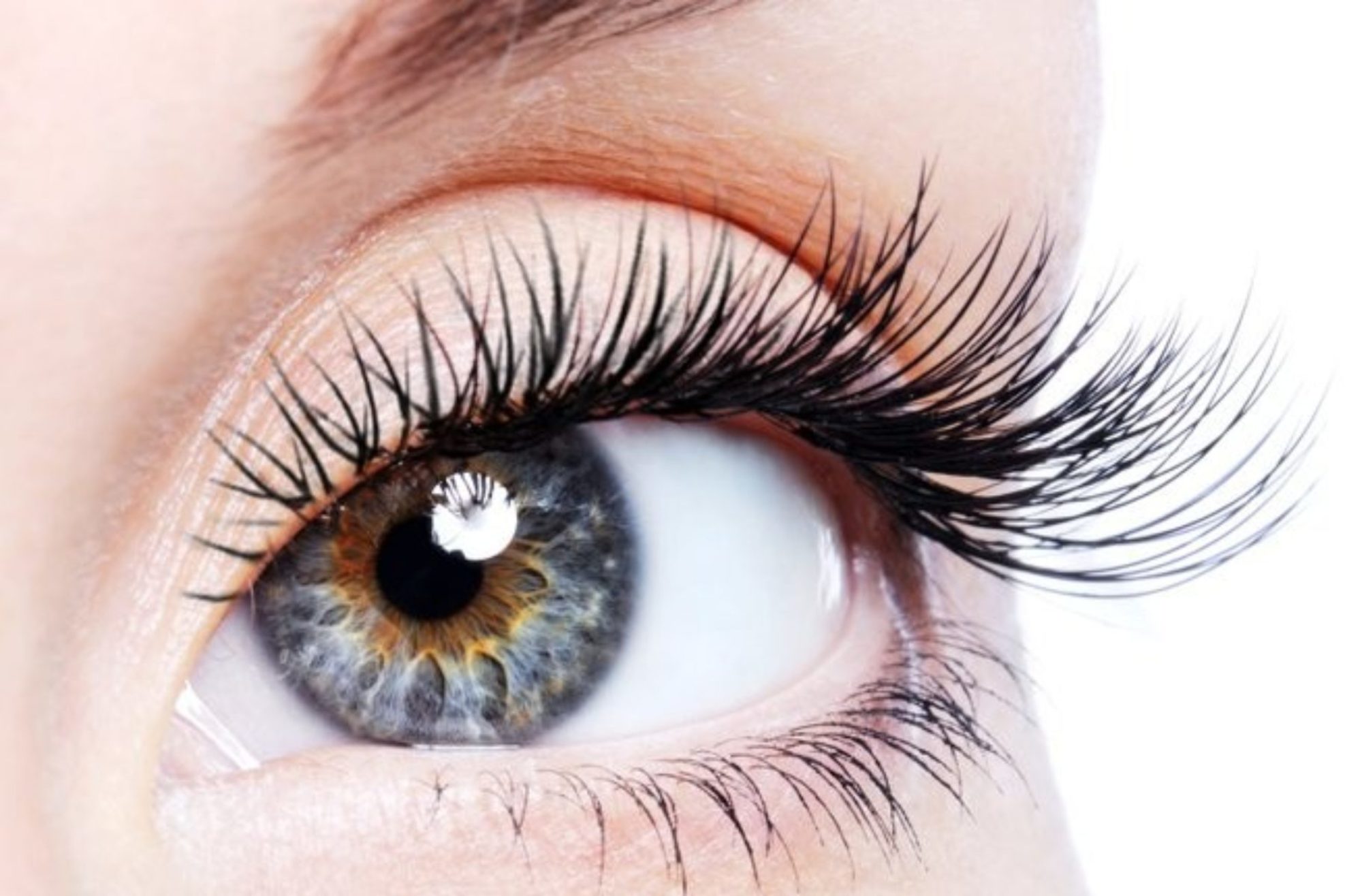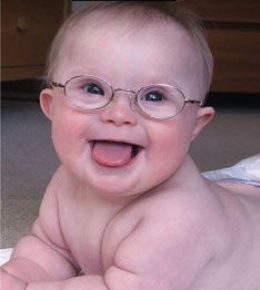Down syndrome has effects on the developing eye which can affect the proper development of vision. Eye disease is seen to be reported in over fifty percent of patients with Down Syndrome, from less severe problems such as tear duct abnormalities to vision threatening diagnoses such as early age cataracts, which could severely affect vision. Specific focus ought to be given to vision & vision treatment in people with Down syndrome.
What is Different About the Eyes in People with Down Syndrome?
As any type of family member of a person with Down syndrome recognizes, there are particular features regarding the eyes, which are apparent visually. This includes upward slanting of the eyelids, prominent folds of skin in between the eye and the nose, as well as small white spots present on the iris (the tinted part of the eye) called Brush field’s spots. These spots are safe and not harmful, and can be seen in people without Down syndrome too.
Do The majority of Children with Down Syndrome Require Glasses?
These Refractive errors (the need for glasses is much more common in children with Down syndrome than in the general population) can be hyperopia (Farsightedness), astigmatism, or myopia (Near-sightedness). One more common problem is weak accommodation (which is problem in changing the focusing power of the eye from distance to near). We can evaluate this quickly in the clinic, and also if identified, we will certainly recommend glasses that have bifocals. Several of these types of patients have difficulty adapting to glasses, but once they get accustomed to having the glasses on their face, their vision is considerably better and usually their eye alignment improves as well.
What Are Common, however Less Serious, Eye Abnormalities Influencing Patients with Down Syndrome?
In addition to the demand for spectacles, lots of children with Down syndrome have tear duct abnormalities. Family members of the patient will observe this as a frequent discharge from the eyes and tear drop formation or watery eyes, intensified by colds. We usually recommend firm massage over the space between the eye and the nose tear region 2-3 times in a day to attempt to open up the tear duct. If this continues past a year without any improvement, the tear ducts might require to be opened up by a surgery.
Strabismus (eye imbalance) is also much more usual. Members of the family might discover that the eyes do not align well with each other but often the strabismus can be refined, which is even clear to the paediatrician. The folds of skin situated between the eyes and the nose can additionally conceal the underlying strabismus, or make the eyes appear as if they are crossing also, even when they are not. It is important to diagnose strabismus as a child, as crossed eyes can result in amblyopia (loss of vision which is also additionally known as lazy eye) and loss of stereopsis (using both eyes together), or depth perception.
How Exactly Can the Strabismus Be Treated?
In some cases, merely glasses alone are enough to align eyes with strabismus. If glasses are required, we usually begin there. If the eyes continue to have strabismus despite the appropriate pair of eyeglasses, after that we recommend strabismus surgical procedure (eye muscle surgery). This is a one to two hours procedure, which can often be done as an outpatient basis, unless there are various other reasons that the person would certainly require to be admitted, such as a serious heart condition. Unfortunately, our patients with Down syndrome are more likely to require more than one surgery to align their eyes as they don’t always react as predictably to strabismus surgical treatment as the general population with strabismus would certainly react.
What are the more severe eye problems that can develop unexpectedly?
My greatest concern is congenital cataracts (absence of clearness to the lens of the eye). If visually significant cataracts are present early in a child’s eye, after that a clear image is not delivered to the brain as well as therefore the brain can never “discover” to see. This is an extreme form of amblyopia referred to as derivational amblyopia. While we can take our time eliminating a cataract in a grown-up patient, substantial cataracts existing very early in a child’s life that are not removed can lead to lifelong poor inadequate vision. Because of circumstances, even if the cataract is eliminated when the child is older, the vision never improves significantly. This is what makes early detection of cataracts in babies and children so crucial. A child with Down syndrome will certainly be evaluated by the paediatrician at birth for any abnormalities or defects, as well as referred to an ophthalmologist if something abnormal is detected.
There is also a unique type of cataract in Down syndrome patients that we have actually discovered in our research study. However, depending upon how developmentally delayed the person is, they may not be able to communicate that they can’t see. For this reason, consequently, I recommend any type of patient with Down syndrome, regardless of age, have a complete eye examination if they are starting to show reduced cognitive function, or modifications in their regular activities.
Are There Various Other Eye Conditions in Down Syndrome That Can Cause Loss of Eyesight?
I mentioned amblyopia (commonly called “lazy eye” which is usually decreased vision) which can be triggered by multiple & various eye problems such as strabismus, severe ptosis (eyelid droop), cataracts, and even uncorrected refractive error, especially if one eye requires a much stronger eyeglass prescription than the other. Ptosis is usually easier to appreciate but strabismus and significant refractive error can be extremely challenging for the paediatrician to diagnose. There are various other much more unusual issues which can occur with the optic nerve or retina of the eye which can sometimes trigger vision loss and unfortunately are generally not treatable. Nystagmus (a balanced trembling of the eyes) can also occur.
What Are the Eye Care Recommendations for Children with Down Syndrome?
The American Academy of Paediatrics (AAP) and the Down Syndrome Medical Interest Group (DSMIG) recommend evaluation of the red response of the eyes at birth to search for cataracts, in addition to assess the eyes for strabismus or nystagmus. The red reflex is basically the “red eye” seen in photography, which is the regular response of the retina when struck by direct light. If the eyes don’t look normal, then the infant will be referred to a paediatric ophthalmologist—a medical professional who has completed specialized training in medical as well as surgical monitoring of the child’s eye. We, along with the AAP and the DSMIG, recommend a child with Down syndrome has their very first eye examination by an ophthalmologist experienced in patients with special disabilities (as an example, a paediatric ophthalmologist) by six months of age. After that, children with Down syndrome, even if they are without signs and symptoms, ought to see an ophthalmologist every one to two years. If any type of eye problem is detected, they will certainly be required to meet much more regularly.
What Sort of Symptoms We Might See If a Child Has an Eye Problem?
Unfortunately, children with Down Syndrome frequently do not complain about their eye problems, either due to the fact that they don’t observe the trouble or because they can’t communicate the problem well enough. Indications to search for include, squinting or closing one eye shut as a habit to be able to see well, an unusual head tilt, crossing or wandering of one or both eyes, or light sensitivity. In some severe cases, the sign of vision problems may be a regression in overall feature or loss of developmental milestones. Ptosis will certainly be seen as a cover droop, as well as a blocked tear duct will result in daily tearing and discharge.
Any Kind of Thoughts for Parents of a Child with Down Syndrome Who Are Worried About their Eye or Vision?
Obtaining normal eye examinations is very important in children with Down syndrome because eye disorders are so common and are challenging for the doctor to diagnose. Since the examination can be challenging for both the child and also the doctor professional, it is best to have the examination done by an ophthalmologist skilled in dealing with children with developmental delays. Don’t be surprised to find out your child’s needs for glasses; if needed, the glasses will certainly help the vision, and perhaps the eye positioning also, along with helping in the development of normal vision pathways in the brain. This will certainly help with your child’s understanding as well as functioning. Our research is looking at simply exactly how usual eye problems are in Down syndrome, in addition to the growth of cataracts in these patients.

